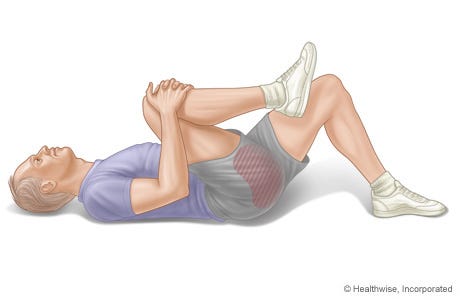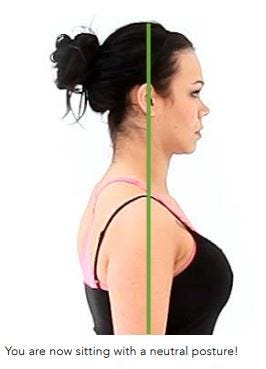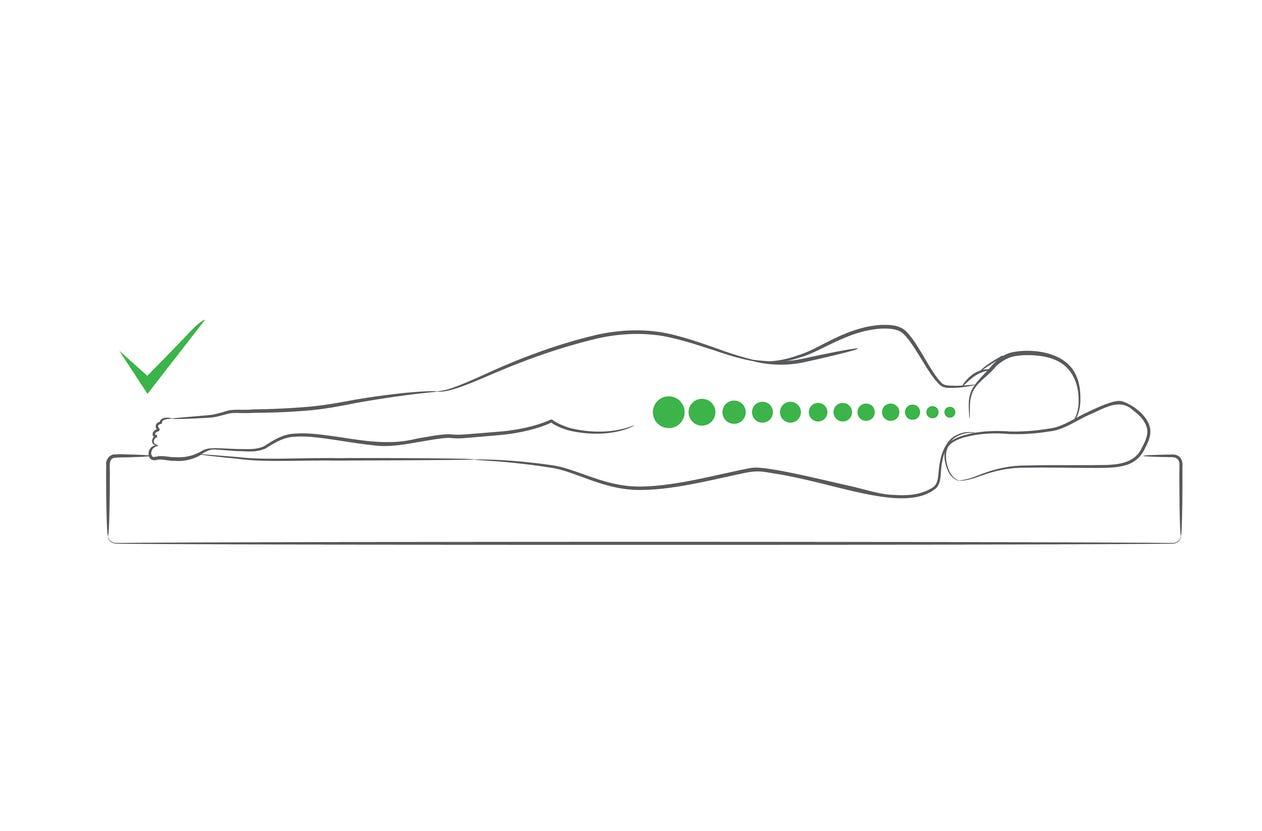It’s no coincidence that back pain has become more common now that many people have shifted to remote work, due to the pandemic. Many people working from home now are now working from their dining tables, couches, beds, or on the kitchen counter instead of proper workspaces. Because of this, one phys
iatrist said “there’s been about a 30% increase since March in the number of patients complaining” about back or neck pain.
If not corrected, many people can experience conditions where the back pain is so intense that they’ll have to get surgery or heavy medication to deal with it. Sometimes, opioids are prescribed to people with pain issues. However, it should be a last resort.
Opioids can be deadly and addictive if improperly taken. An estimated “700,000 people are likely to die from opioid overdoses between 2015 and 2025.” A major part of the reason why the opioid epidemic is so bad is that they are being prescribed to people with back pain.
Taking care of your back is crucial for your health, your happiness, and your quality of life. Collectively, it can lessen the costs and strain on the health care system and help solve the opioid epidemic.
Here are the best things you can do to practice good posture while working from home and alleviate back pain:
Stretch frequently.
To help with lower back pain, engage in stretching exercises that take the pressure off your spine. The correct exercises such as the “knee-to-chest and partial crunches” can help strengthen your back.

Take a walk or run.
I personally take a 30-minute walk every day after work with my dogs. Walking helps keep your blood flowing, your legs stretched, and the pressure off your back.
Plus, it’s good to log steps and get some exercise in.
Take a break every 2 hours.
Get up, walk around, use the restroom, grab a snack, drink a glass of water. Set a timer to make sure you remind yourself to take a break. Go outside and breathe in some fresh air.
And while you’re at it, make sure you stretch your eyes too. You’ve probably been staring at a screen for a long time. Stare at something far away to help give your eyes a break.
Don’t slouch but don’t be rigidly upright.
Michigan Medicine Health Care says that “slouching puts stress on your lower back.” Your spine should be in a neutral position, meaning your ears, shoulders, and hips are in a straight line. Your head should not too far back, nor not too far forward.

Additionally, putting a pillow in the gap between your lower back and the back of the chair/cushion will help this posture.
Don’t lean forward or back.
The same principle applies here in terms of posture.
Physiomed says “leaning back into the backrest increases pressure on the three areas of your spine.” It’s also not good for your lower spine.

They also say if you lean too far forward, you’ll put pressure on your lower back and neck.
Make sure your screen is eye level.
No looking up or down. Trust me, your neck will appreciate it.
The average head weight 5kg or 11 lbs. That’s a lot of for your neck if you’re sitting improperly! Having your neck straight and
According to Mayo Clinic, “neck pain is a common complaint” and could decrease your ability to move your head. Make sure the screen you’re looking at isn’t causing your neck to strain, just to look at it.
Same with your arms.
Make sure your keyboard and mouse are even and flat with your arms and wrists. You want your arms at a level that is close to lower chest level. Flex your arms, don’t straighten or lock them.
Don’t work on the coffee table if you’re working from the couch. If you do, make sure your laptop is lifted and head level. Buy a laptop stand or stack it on books.
Armrests on a chair help significantly with the height of your wrists and arms, as well as helping provide cushion for your elbows. Lastly, lift your elbows off the surface so you can avoid the possibility of arthritis in the future.
Don’t work on the bed.
Worst position ever. First, you definitely don’t want to bring work to the bed because your bed is your sanctuary. It’s where you sleep.
Harvard says that “keeping computers, TVs, and work materials out of the room will strengthen the mental association between your bedroom and sleep.” Additionally, keeping workers away from your bed helps you be more productive and will help you fall asleep better at night.
Buy an ergonomic chair.
If you’re working from home, that means you’re sitting for 40 hours a week. Invest in a good chair. Don’t use foldout chairs, don’t sit on a stool.
Buy a chair that has levers that can control chair height, recline, and arm height. These three features of a good chair can help you align your body properly to your work desk, mouse, and keyboard.
Get a good mattress.
If you sleep 6 hours a night on average, you spend 42 hours in bed a week. Pick a good mattress. A mattress is essential for your back.
Spine Health says a good “mattress should provide support for the natural curves and alignment of your back.”
In terms of mattress recommendations, do you remember the story of Goldilocks who wanted to find a bed that was just right? Same principle. You want a mattress that is perfect for you. According to WebMd, if a “mattress is too firm — or too squishy — it won’t support your spine at your neck or lower back the way it needs.”

Go see a doctor or chiropractor if the pain is bad or chronic.
Lastly, with all the remedies you take to alleviate back pain, if the pain is persistent and intense after a few weeks, it’s recommended to go see a doctor.
Chronic back pain could be a sign of a more serious problem. A doctor could perform tests such as X-ray scans to determine what’s wrong. Based on what they see, they’ll recommend treatment options such as surgery or physical therapy.
Just make sure you’re wearing your masks when you visit the doctor!
About the Author: Quy Ma is a Director of Market Research in the US. He has 10 years of experience in the cellular phone, outdoor, and food industries. He enjoys writing about leadership, disruption, tech, social justice, and self-development.





